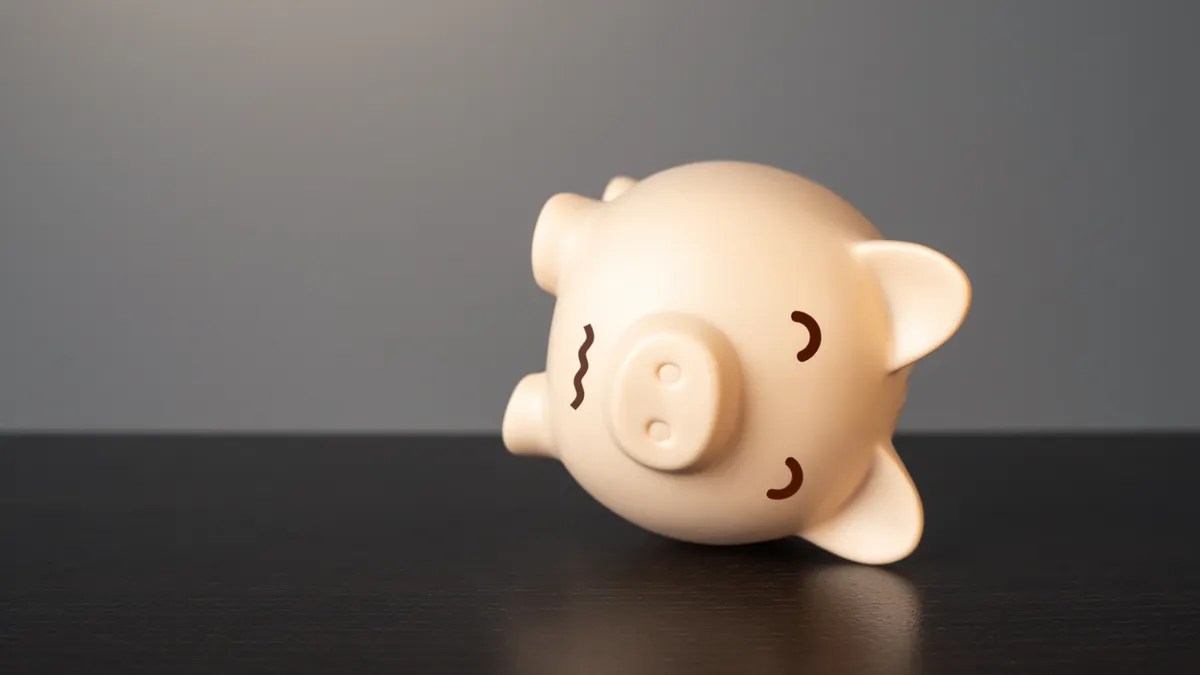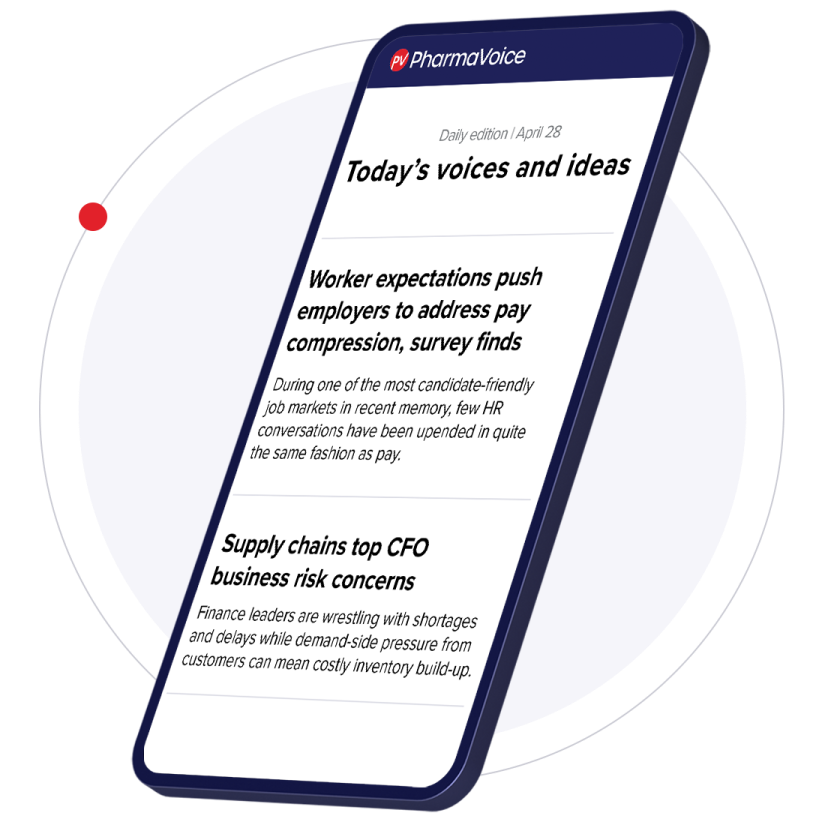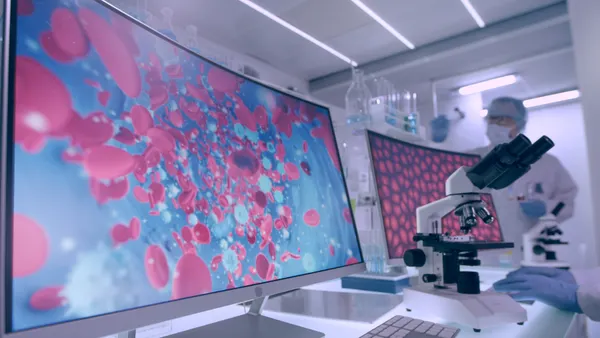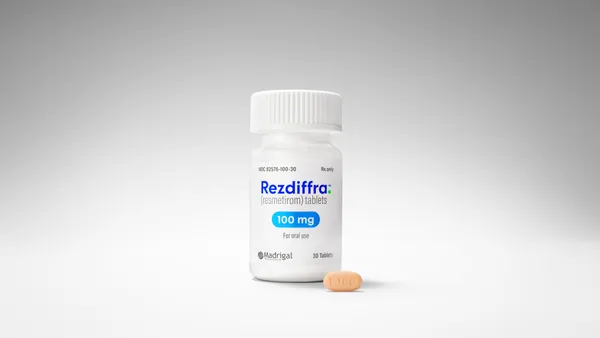The pharma industry has been on the up and up where revenue is concerned, generally speaking.
Merck & Co.’s cancer blockbuster Keytruda, currently the world’s bestselling drug, pulled in more than $15 billion in the first half of 2025. Diabetes and weight loss juggernauts from Eli Lilly and Novo Nordisk climbed again with double-digit growth.
But drugmakers can’t avoid the natural life cycles of legacy products. Whether dragged down a patent cliff or eclipsed by newer products — even within the same company’s pipeline — a drug’s time on the blockbuster pedestal is limited.
As the constant churn of science hums along, the drugs at the top of the revenue list are always swapping places, which changes the fortunes of the companies that make them.
Here are the drugs with the biggest sales drops in the first half of the year at the five most valuable pharma companies in the world.
Eli Lilly: Trulicity
Lilly’s diabetes drug Trulicity was the company’s bread and butter for years. With peak sales of $7.4 billion in 2022, it was the pharma giant’s bestselling drug. But with the approval of the GLP-1 Mounjaro that year, Trulicity began its slow decline.
In the first half of 2025, Trulicity was already a blockbuster at $2.2 billion in sales. But compared to the same period the year before, Lilly saw a 19% drop for the drug as Mounjaro took the stage.
That drop of more than $500 million in just the first half of the year was geographically focused — almost $450 million of the lost sales came from the U.S.
And recently, Lilly hammered one of the final nails in the coffin for Trulicity with a head-to-head study showing that Mounjaro, which already had better weight loss data, also matched Trulicity in cardiovascular outcomes.
Johnson & Johnson: Stelara
J&J’s immunology blockbuster is one of the canaries in the coal mine for the industry’s massive patent cliff over the next few years. And incoming biosimilars have knocked the drug down a few notches as it lost exclusivity this year.
From last year’s first-half sales of $5.3 billion, Stelara fell more than 38% to $3.3 billion. The drop was slightly higher internationally where biosimilars tend to have more traction.
But don’t cry for J&J — the company’s immunology portfolio leaned on the success of other products like Remicade and Tremfya, carrying total pharma sales to a 4% increase year over year.
AbbVie: Humira
AbbVie’s Humira is both a cautionary tale of a devastating patent loss and a success story for a company getting through a tough time. Once the bestselling drug in the world, Humira fell 33% in 2024 after biosimilars entered the U.S. market the year before. Now, in the first half of 2025, sales fell another 55% to $2.3 billion.
But with newer immunology drugs taking the mantle, AbbVie is making up the difference more quickly than many industry watchers thought possible. Combined in the first half, Skyrizi and Rinvoq brought in more than $11 billion, easily outselling the drug that once singlehandedly held AbbVie aloft.
Roche: Herceptin
The breast cancer drug that carried Swiss drugmaker Roche through the early 2000s and into the 2010s has lost its shine. In the first half of 2025, sales of Herceptin dropped 21% to 560 million CHF ($694 million). That still keeps it on track for blockbuster status, but after hitting peak sales of more than $7 billion in 2018, it’s a long way to fall.
Roche was able to spin Herceptin into a new product called Phesgo, a combination of the older blockbuster and the newer Perjeta, for HER2-positive breast cancer. The combo racked up sales of 1.2 billion CHF ($1.5 billion) in the first half of 2025 for a 55% increase from the year before. And the company’s partnership with Sarepta Therapeutics notched a 316% rise in sales of the Duchenne muscular dystrophy therapy Elevidys despite regulatory troubles, helping Roche make up the difference.
AstraZeneca: Synagis
AstraZeneca’s massive list of marketed products is bound to hold a few downtrodden drugs, and several products across the pharma giant’s portfolio have fallen more than 20%. Synagis, AstraZeneca’s RSV monoclonal antibody, leads that pack. The drop in sales to just $162 million reflects the difficulties others have also seen in the RSV market.
Products like Soliris, an autoimmune drug, also fell a decent amount due to rising sales of the newer product Ultomiris. It’s a similar story for asthma treatment Pulmicort, which was eclipsed by Symbicort — also an AstraZeneca product. But at least the U.K. drugmaker is keeping it all in house as opposed to drowning in a sea of competitors.








